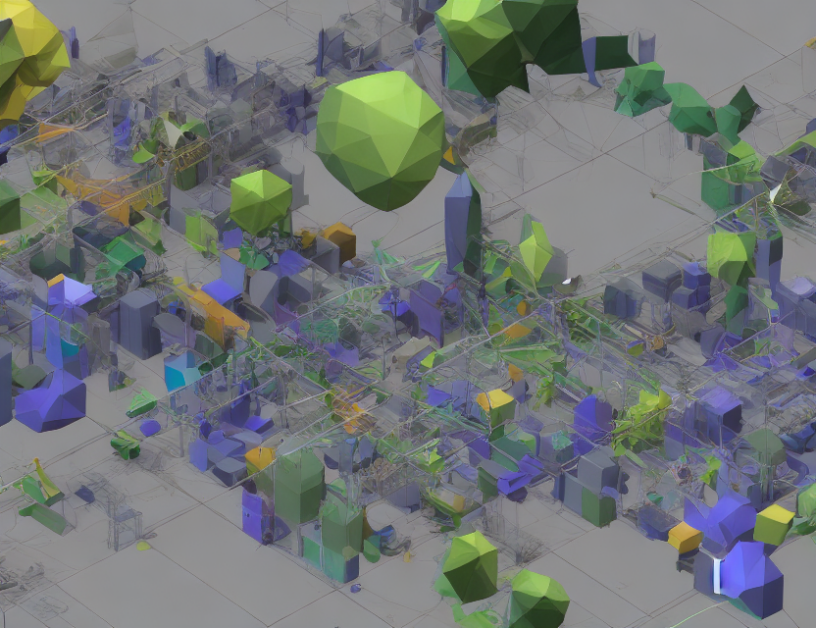In this article, we present a novel approach to 3D modeling called Articulation VAE (VAEG). Our method leverages the power of text-to-3D synthesis and diffusion models to generate high-quality 3D content. The key insight is to use articulations, which are 4D vectors representing the position and orientation of a body part in a specific pose, to guide the 3D modeling process.
VAEG consists of two main components: an encoder and a decoder. The encoder takes a 4D trajectory (Gt)T and an articulation sequence A as input and generates a latent code zA. The decoder then takes the latent code and the starting articulation A0 as input and generates the corresponding articulation sequence A. Through this process, VAEG learns to generate 3D models that are both diverse and of high quality.
To train VAEG, we use a combination of reconstruction loss and KL-divergence. The reconstruction loss encourages the model to produce 3D models that are similar to the input trajectory, while the KL-divergence term encourages the model to produce articulations that are similar to the ground-truth articulations.
We evaluate VAEG on several benchmark datasets and show that it outperforms existing state-of-the-art methods in terms of both quality and diversity. We also demonstrate the versatility of our approach by applying it to a variety of tasks, including 3D shape completion, reconstruction, and generation.
In conclusion, Articulation VAE represents a significant breakthrough in the field of 3D modeling. By leveraging the power of text-to-3D synthesis and diffusion models, we have developed a novel approach that can generate high-quality 3D content with unprecedented efficiency and flexibility. As the demand for 3D content continues to grow, our method is poised to play a major role in meeting this demand.
Computer Science, Computer Vision and Pattern Recognition
Text-Driven 3D Synthesis via Diffusion Models



